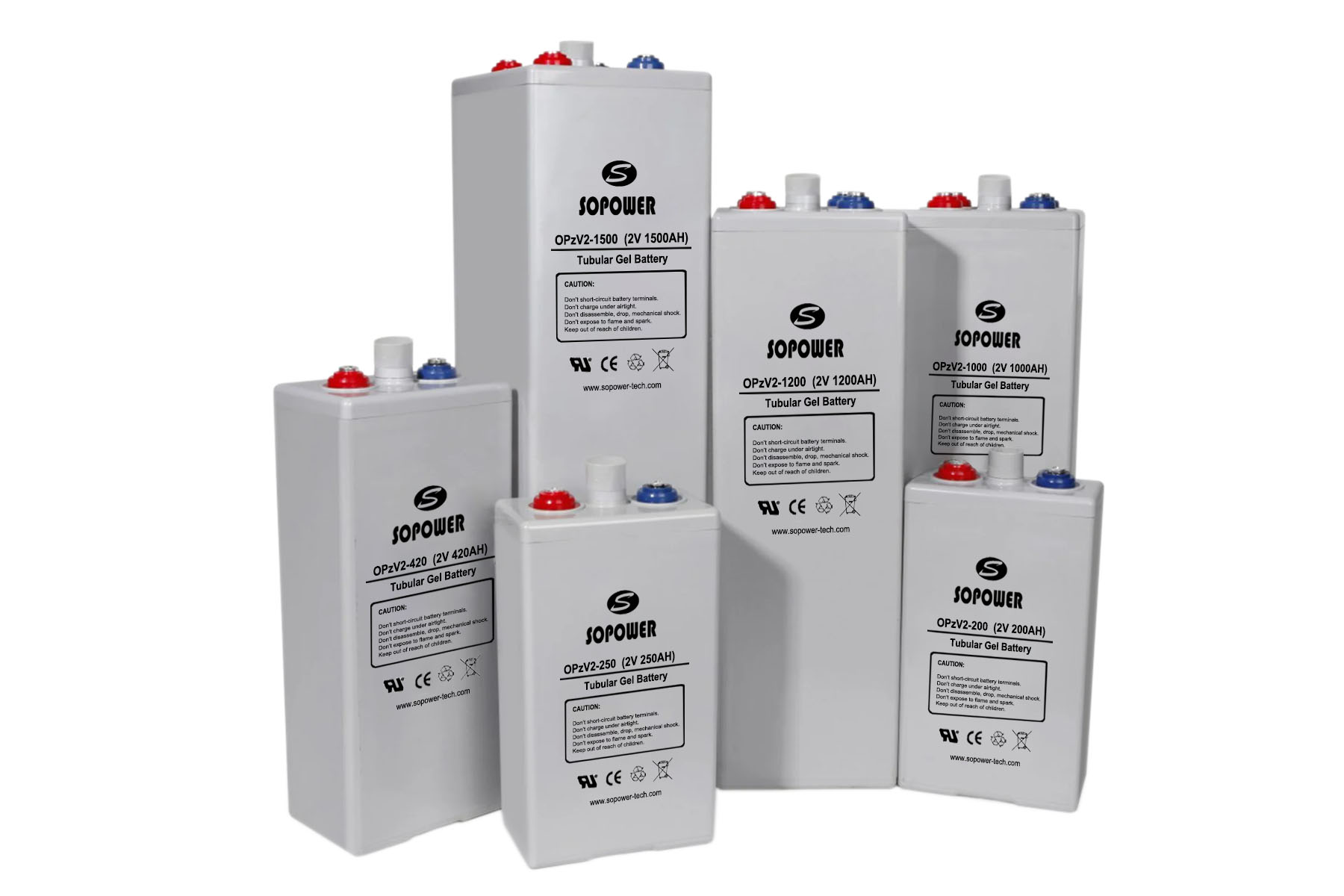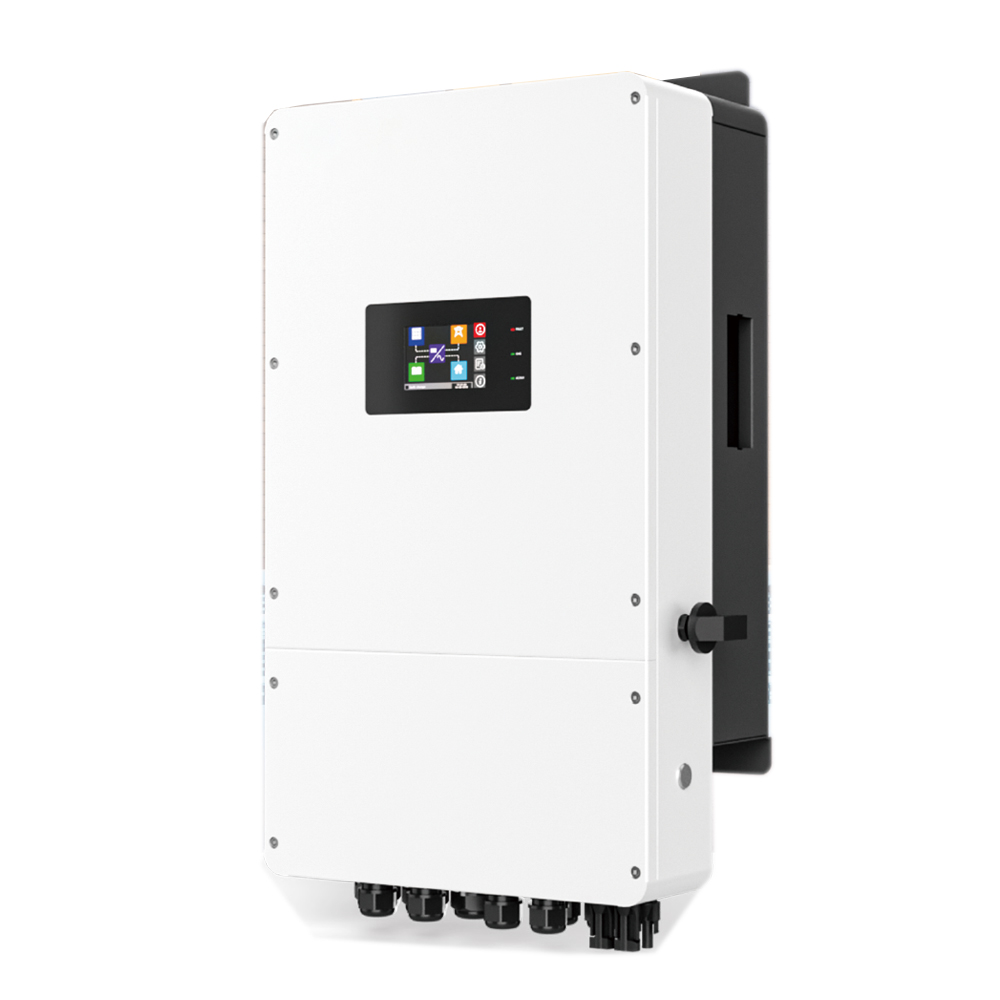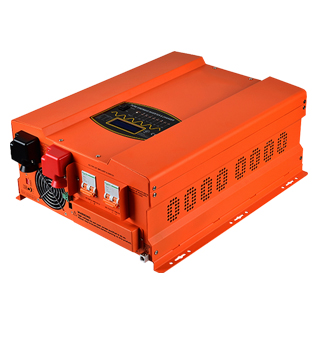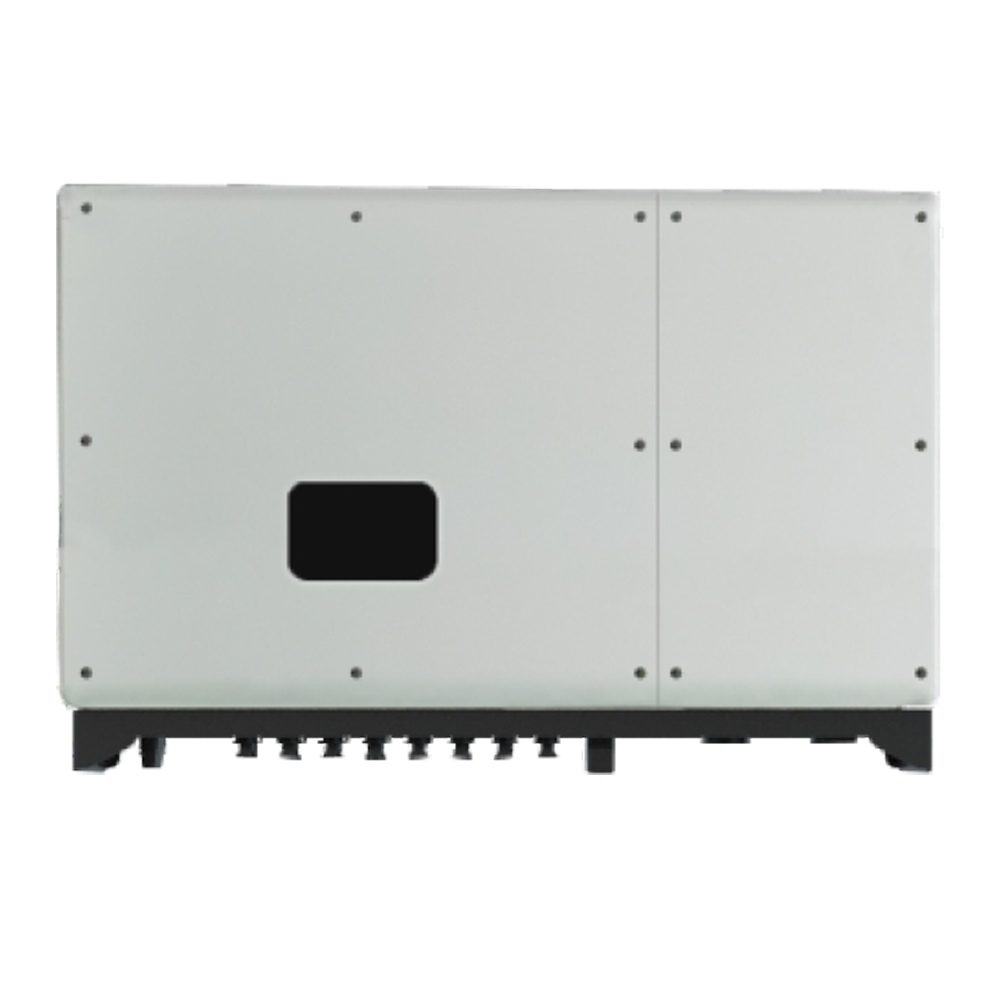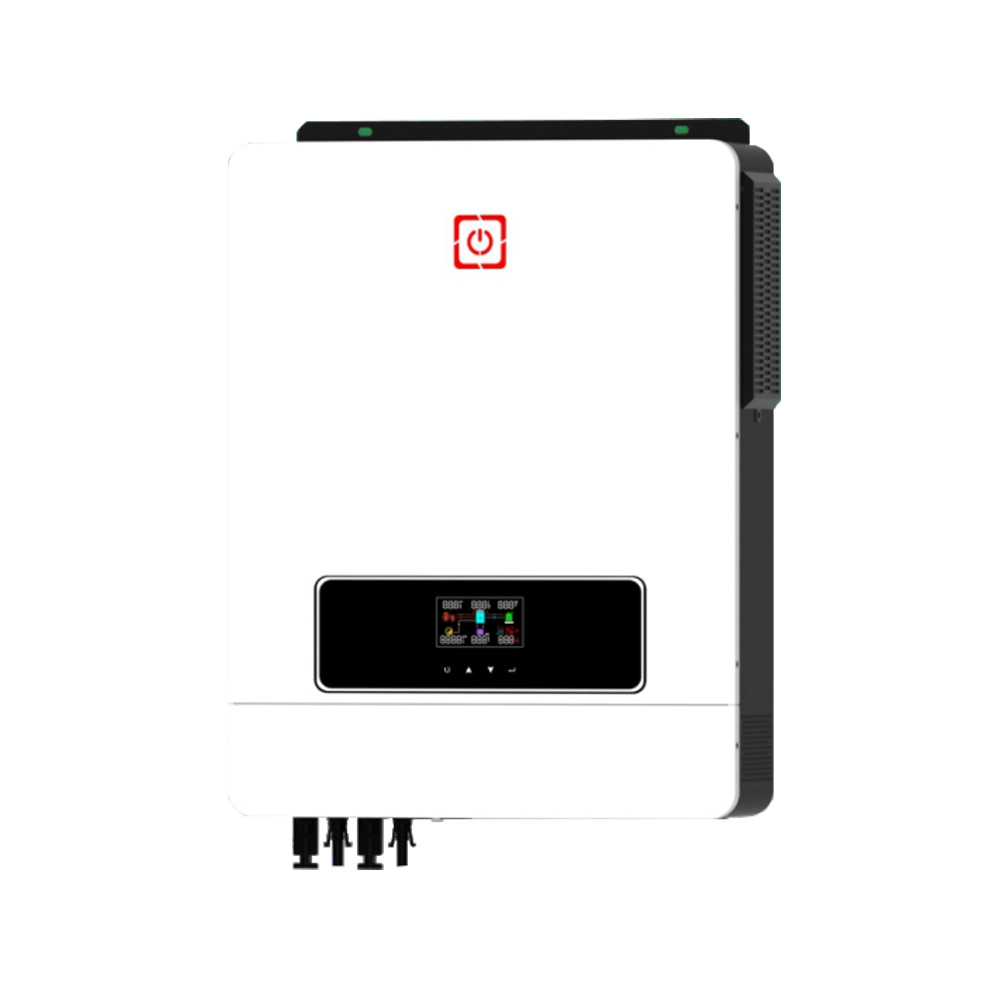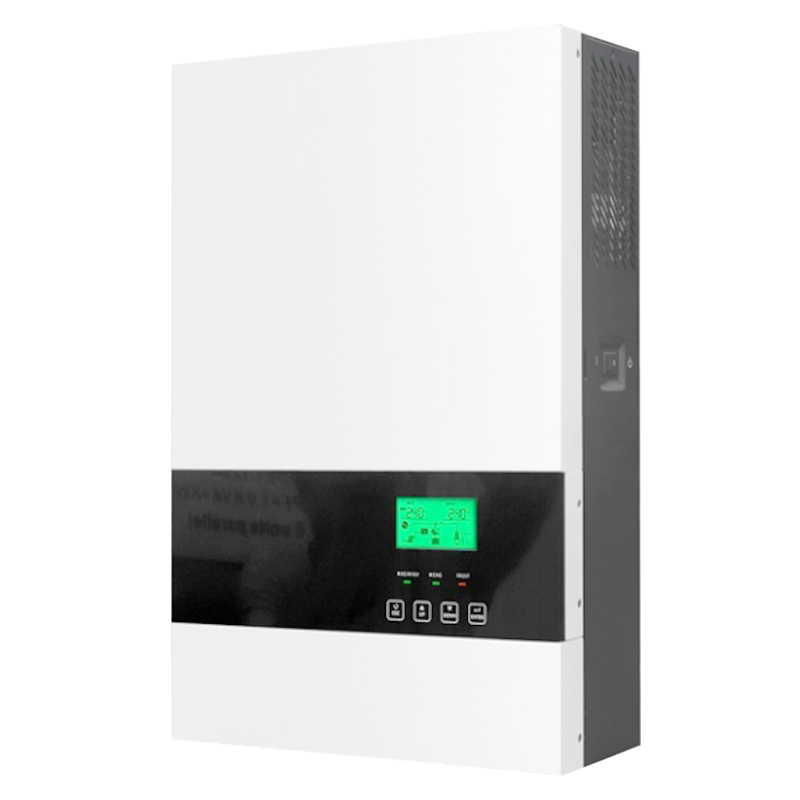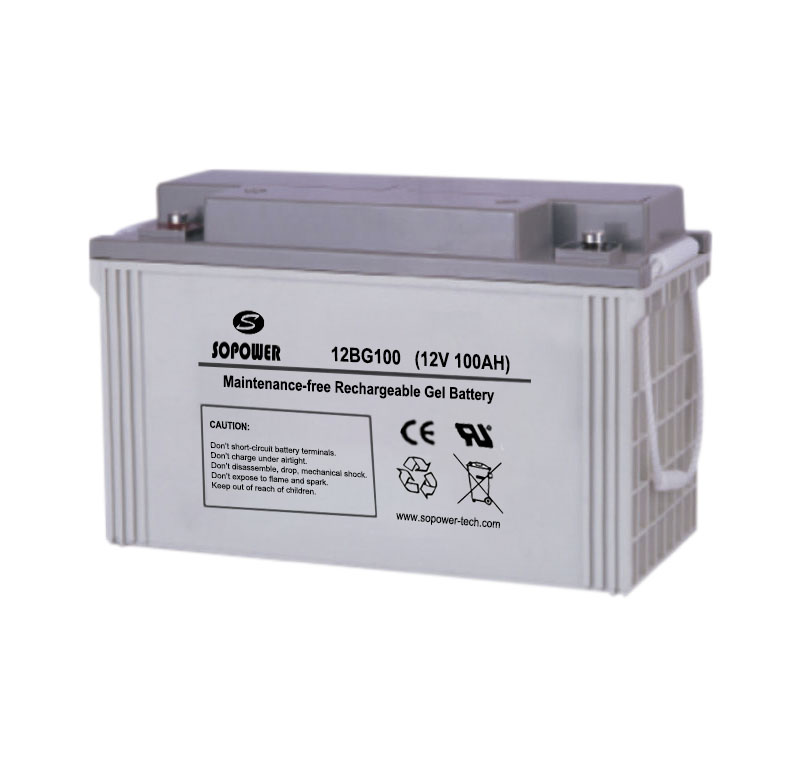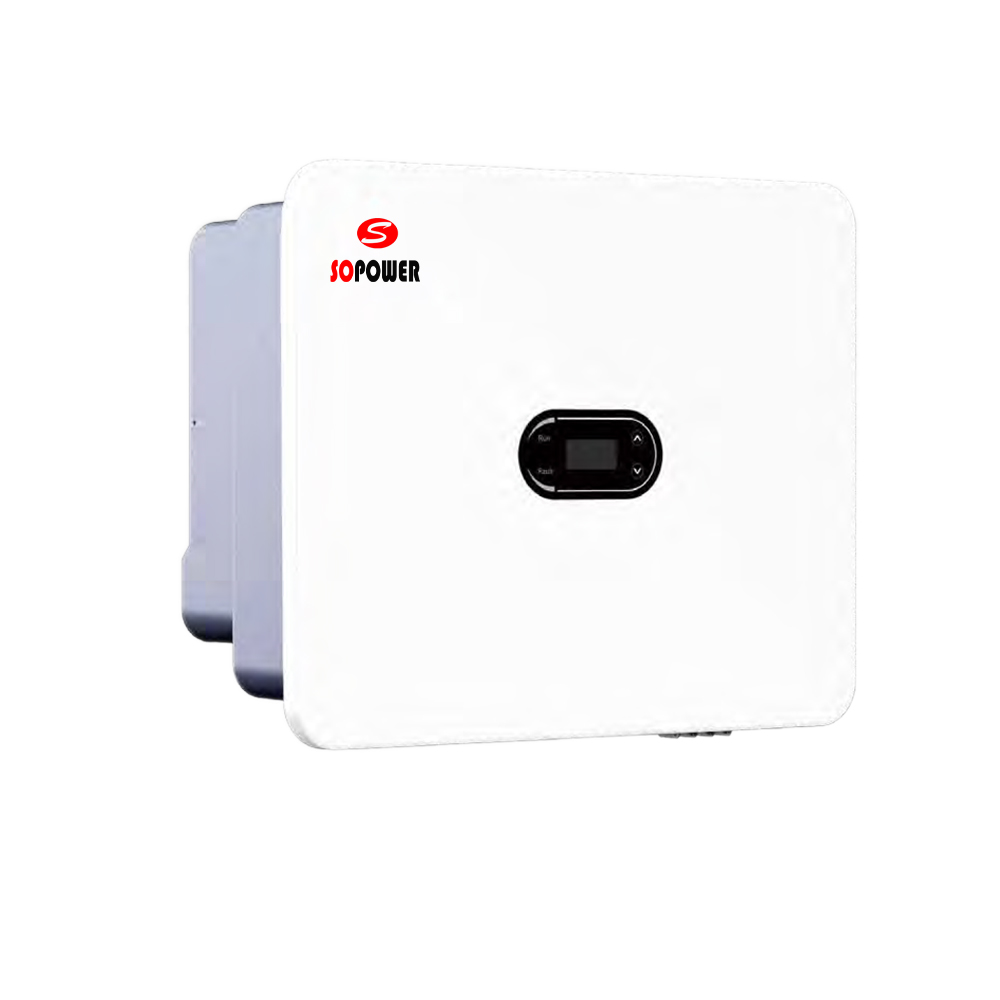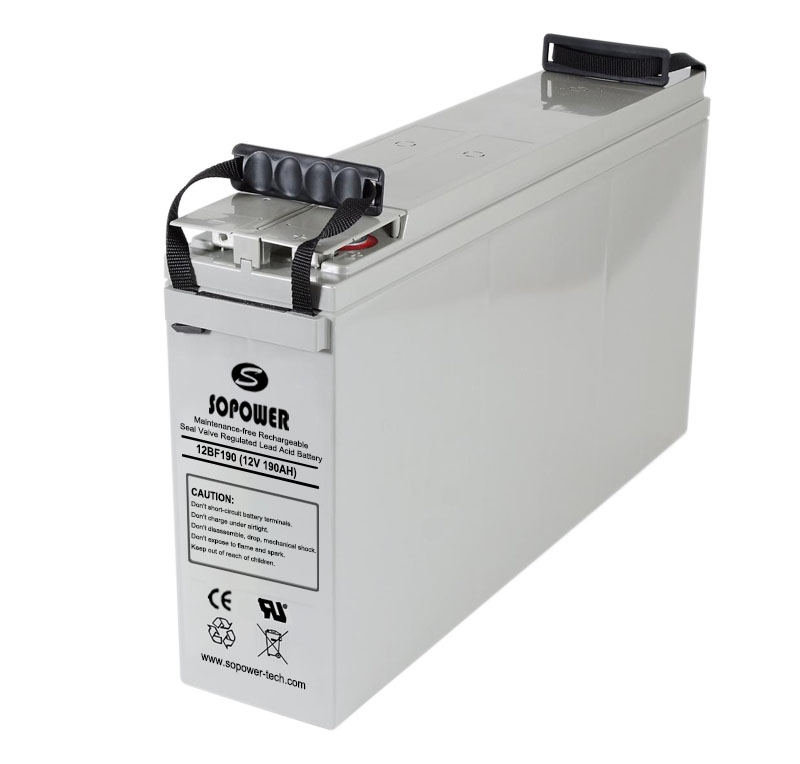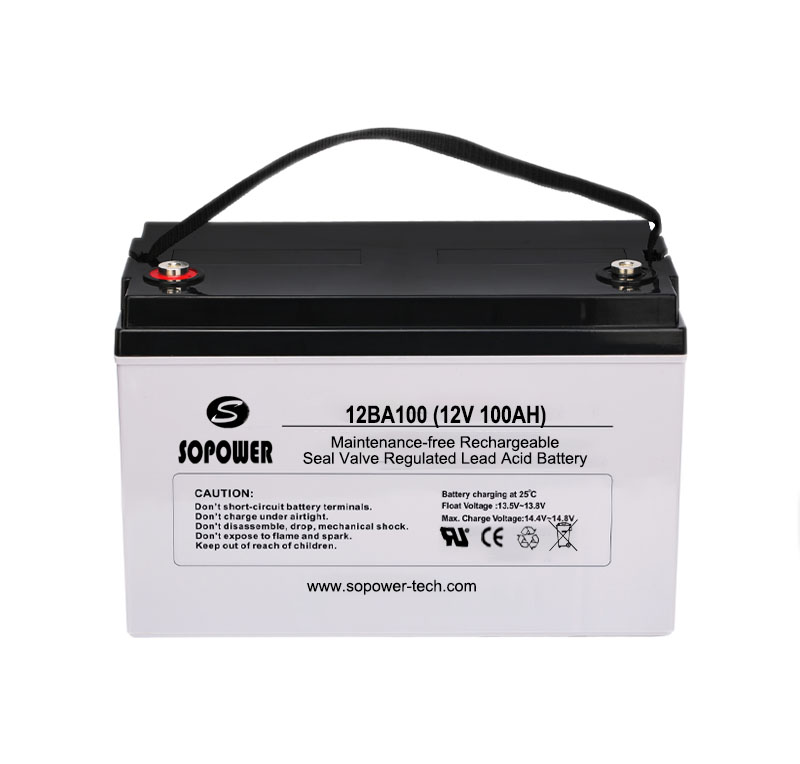3 stages charger keeps batteries in the best shape with ultimate result being maximized life span. Here is how it works:
(1) Bulk Charge - the 1st stage charging
Current is sent to batteries at a maximum safe rate, they will be accepted until voltage rises to near (80-90%) full charge level. At this stage, voltages typically range from 10.5 volts to 15 volts. There is no "correct" voltage during bulk charging, but there may be limitation at the maximum current that battery and/or wiring could take.
(2) Absorption Charge - the 2nd stage charging
Voltage remains constant and current gradually tapers off as internal resistance increases when charging. Charger puts out a maximum voltage typically around 14.2 to 15.5 volts during this stage.
(3) Float Charge - the 3rd stage charging
After batteries reach full charge, charging voltage drops to a lower level (typically 12.8 to 13.2) to reduce gassing and prolong battery life. This is often referred to as maintenance or trickle charge since its main purpose is to keep an already charged battery from discharging. PWM, or "pulse width modulation" accomplishes the same thing. In PWM, controller or charger senses tiny voltage drop of battery and sends very short charging cycles (pulses) to it. This may occur several hundred times per minute. It is called "pulse width" because width of pulses may vary from a few microseconds to several seconds. Note that for long term float service such as backup power systems that are seldom discharged, float voltage should be around 13.02 to 13.20 volts.

